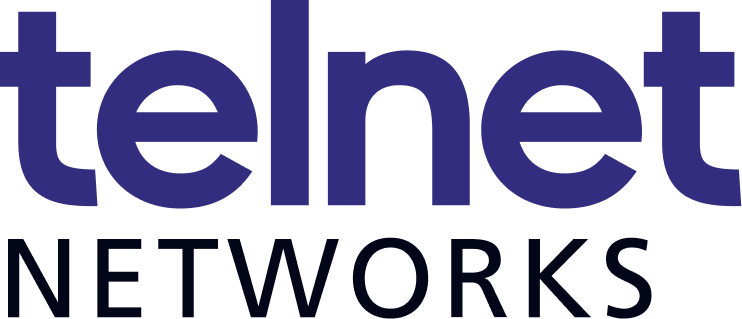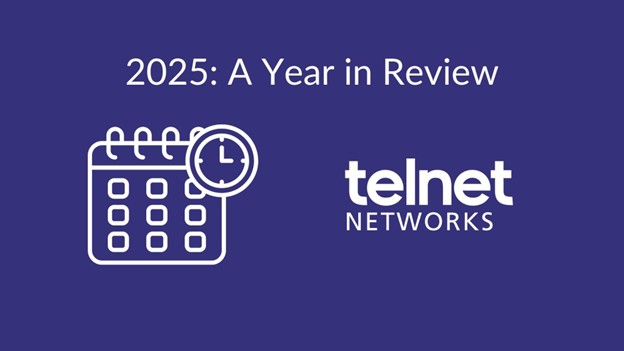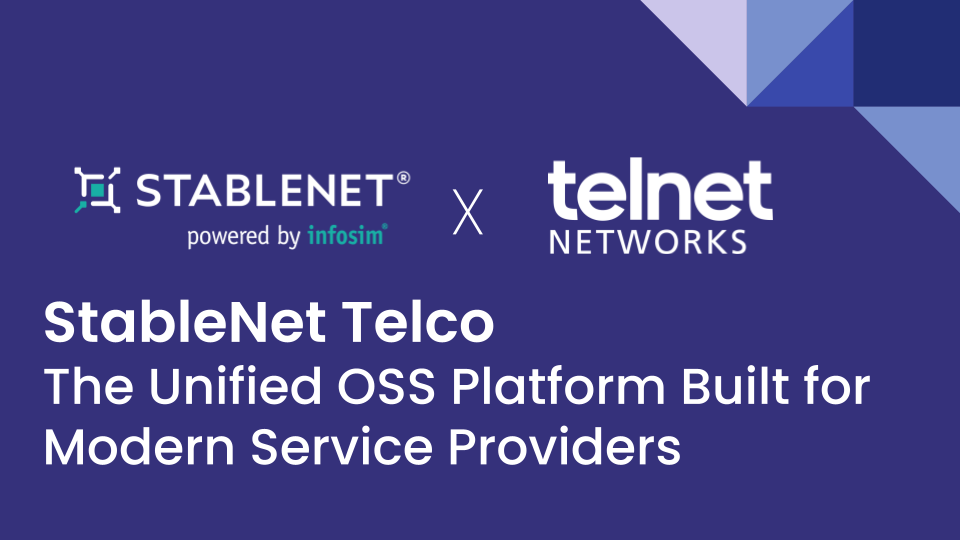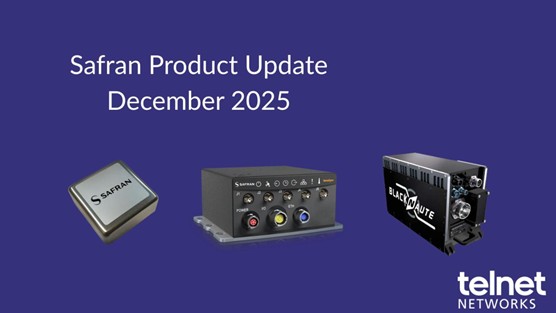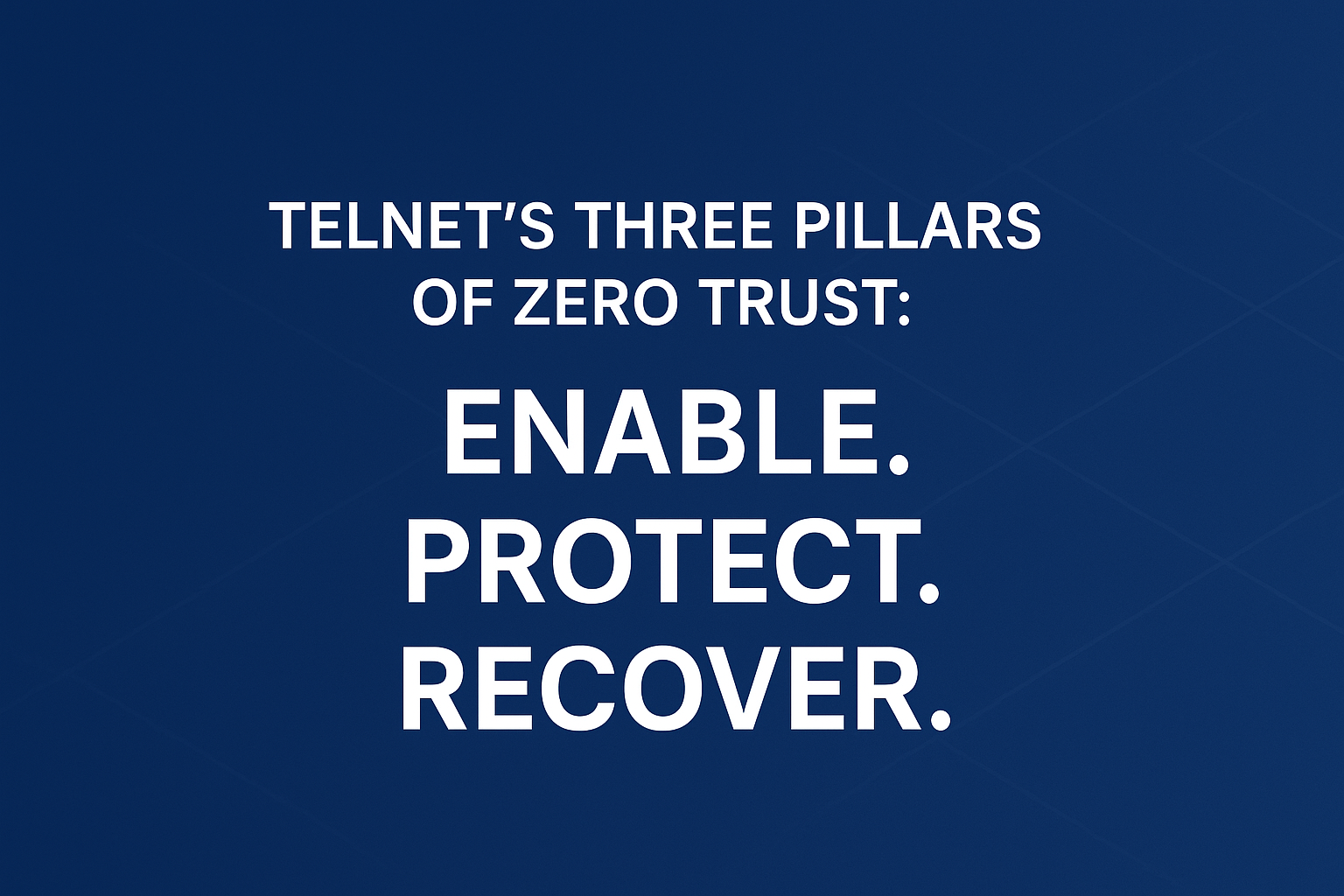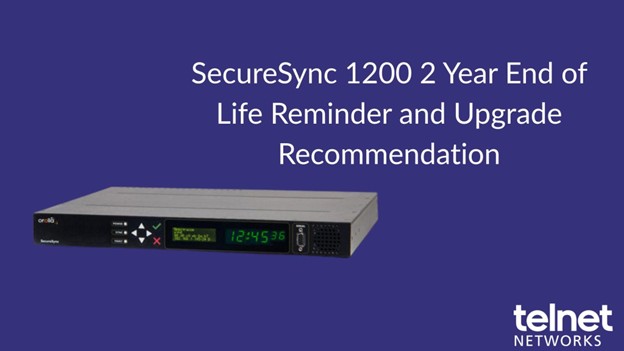Rising Threats to Medical Device Security
CMDs are attractive targets for cybercriminals. These devices often lack robust security features, making them easy entry points into a healthcare network. In some cases, a single compromised device can allow attackers to access sensitive patient records or disrupt critical operations.
For example, in 2021, Newfoundland and Labrador’s healthcare system fell victim to a ransomware attack, causing weeks of disruption to patient services and $16 million in cost including $5 million for victim credit monitoring services. This attack demonstrated how unprotected networks and devices could have catastrophic consequences, delaying medical treatments, exposing sensitive data and creating significant unexpected expenses to remediate.
Health Canada’s Cybersecurity Framework
Health Canada’s Guidance for Pre-Market Cybersecurity Requirements for Medical Devices highlights the importance of integrating cybersecurity into every stage of a device’s lifecycle. This includes securing data transmissions, enabling device monitoring, and ensuring timely patch management.
Healthcare-specific NDR solutions support these principles by continuously monitoring CMD traffic for anomalies. These tools provide healthcare IT teams with the visibility needed to detect and respond to threats in real-time, ensuring compliance with Health Canada’s recommendations and bolstering patient safety.
Aligning with the National Research Council’s Cybersecurity Goals
The National Research Council (NRC) has underscored the critical need to safeguard healthcare networks from ransomware and advanced persistent threats (APTs). According to the NRC, the increasing reliance on IoT-enabled medical devices makes robust cybersecurity a national priority. NDR solutions directly address these concerns by automating threat detection, response, and containment.
How Healthcare-Specific NDR Solutions Help
Healthcare-specific NDR solutions, like those offered by Cynerio, provide a targeted approach to securing medical devices. These solutions:
- Continuous Monitoring: They analyze device behavior in real time, detecting anomalies indicative of cyber threats. This reduces the risk of undetected breaches.
- Segmenting Networks: By isolating medical devices from general IT systems, NDR solutions minimize the impact of a breach and protect critical patient data.
- Threat Response: These tools automate responses to identified threats, reducing downtime and mitigating potential harm to patients.
- Regulatory Compliance: Solutions designed for healthcare ensure compliance with standards such as Health Canada’s guidelines for medical device cybersecurity
The Road Ahead
To remain resilient in the face of evolving threats, Canadian hospitals must integrate healthcare-specific NDR solutions into their cybersecurity strategies. These tools not only address Health Canada’s and the NRC’s cybersecurity mandates but also provide long-term value by enabling safer, more efficient patient care.
As the healthcare landscape continues to innovate, a robust cybersecurity foundation is non-negotiable.
